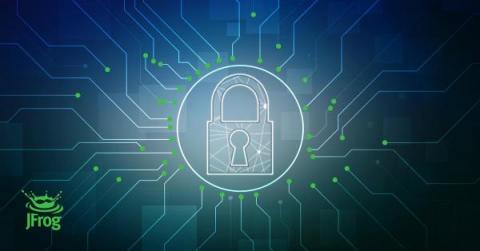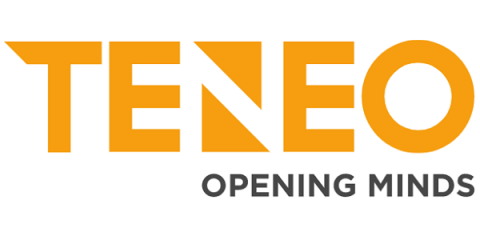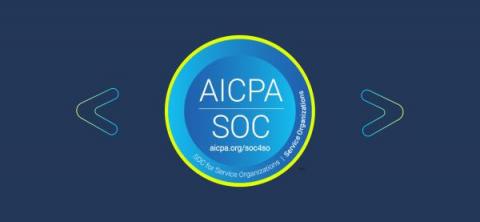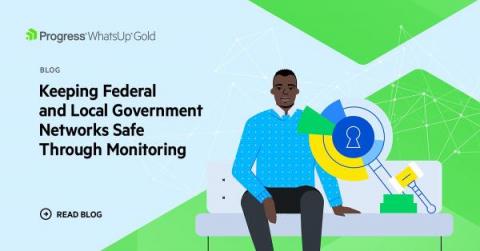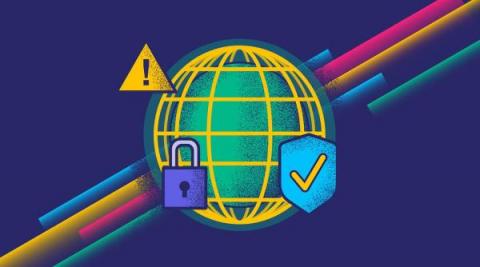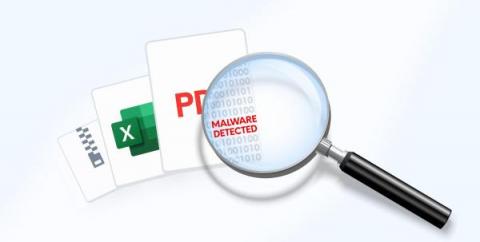Enable FIPS on Google Cloud
Cyber attacks present an imminent threat to our digital assets. And they come in a variety of ways, including computer viruses, Denial-of-service (DoS), hacking, ransomware, memcached. In February 2022, White House deputy national security adviser for cyber and emerging technology Anne Neuberger claimed that the Russian hackers conducted a DDoS attack on the Ukrainian banks and Ministry of Defense before their military attacks.




